
Indian Institute of Film and Animation (IIFA MULTIMEDIA)

Courses:
- B.V.A. - Bachelor of Visual Arts in Applied Arts and Graphic Design; Duration: 4 Years; Full Time;
- Diploma - Web and Graphic Designing; Duration: 6 Months; Full Time;
List of Graphic Design Institutes in Bangalore offering Diploma, Certificate courses, Graphic Design , course details, and fees structure
Bangalore, a hub for creative and technological innovation, hosts several premier institutions offering top-notch graphic design education. Here are the top five graphic design colleges in Bangalore for 2025:
Graphic design colleges in Bangalore offer a range of courses catering to different levels and career goals:
Eligibility criteria for graphic design courses in Bangalore vary by course level:
The admission process typically involves:
Admission to top graphic design colleges often requires clearing:
The fee structure varies by institute and course:
Note: Fees may vary based on scholarships or concessions.
Top recruiters include:
Salaries vary based on experience and role:
Courses:
Courses:
Courses:
Courses:
Courses:
Courses:
Courses:
Courses:
Courses:
Courses:
Courses:
Courses:
Courses:

Indian Institute of Film and Animation (IIFA MULTIMEDIA)

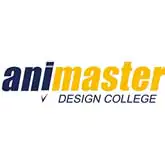
Animaster College of Animation and Design
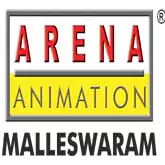
Arena Animation, Malleshwaram
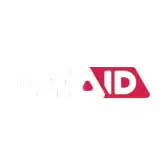
Asian Institute of Design - AID


iPixio Design College

Jain Deemed-to-be University - School Of Design Media and Creative Arts

JD Institute Of Fashion Technology

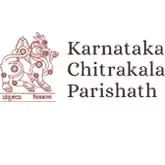
Karnataka Chitrakala Parishad College of Fine Arts

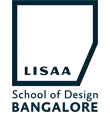
LISAA School of Design


Reliance Animation Academy

Reliance Education - Marathahalli
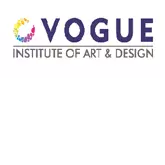
Vogue Institute of Art and Design

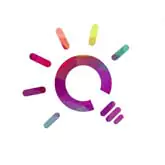
Wiztoonz Academy of Media and Design
